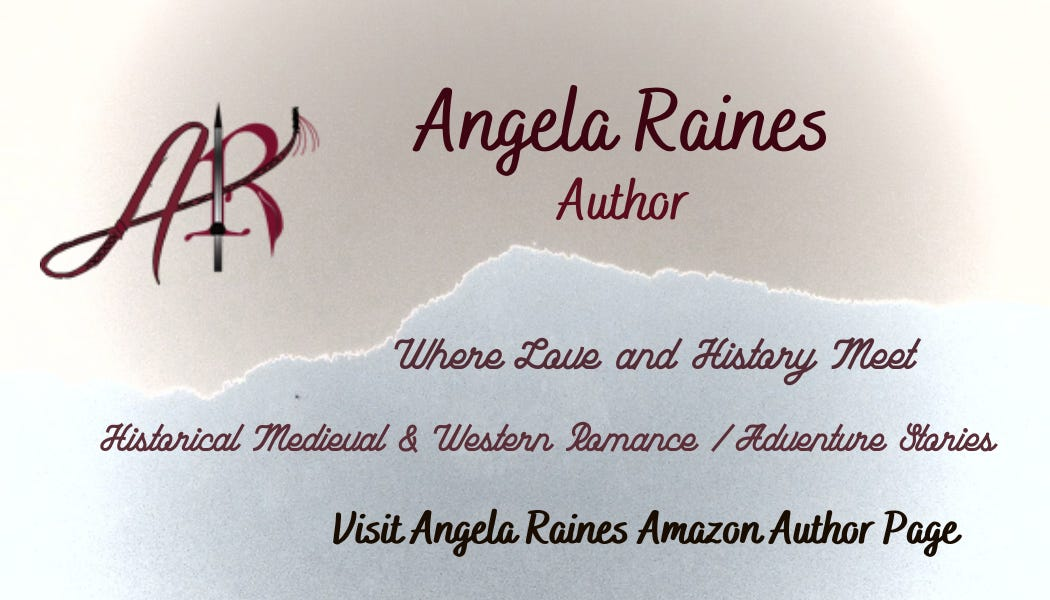Weird Coincidences
C.A. Asbrey
Carrying on from last month's post on Robert Lincoln's uncanny connections to presidential assassination, there were other strange things that I thought might interest you.
Many have noted as synchronicity between the murders of JFK and Lincoln. Apart from serving in the same position they both faced significant Civil Rights challenges during their time as president and were elected to Congress in a ‘46 year; 1846 for Lincoln, Kennedy in 1946. The two men entered the White House in a ‘60 year; 1860 and 1960, and both lost a child while serving as President. Willie Lincoln at 11 from typhoid in 1862, and JFK's premature baby of JFK, Patrick, passed away at just two days old in 1963.
 |
| John F. Kennedy |
The similarities grow with their deaths. They were both shot, probably not that an uncommon method of assassination, but both were shot in the head. Lincoln at close range in box number seven while attending a performance of "Our American Cousin" in Ford's Theatre, Kennedy from a distance while riding in the seventh car an open-air Dallas motorcade in a car manufactured by the Ford Motor Company called a Lincoln. The underlying commonalities continue in that they were both killed on a Friday and they were both killed by men with three names Lee Harvey Oswald and John Wilkes Booth. On top of all that, both attackers were able to flee the scene of the murders, and were killed before coming to trial.
To top all of that off, both were succeeded by VPs called Johnson, and both were Southerners, whereas the presidents were Northerners. That part is less surprising as it's common for presidents to choose a running mate who will broaden their appeal.
 |
| Thomas Jefferson |
American history shares more than a few similar synchronicities. Political adversaries Thomas Jefferson and John Adams both died on the same day, the 4th July 1826. They were the last two remaining revolutionaries, and despite being rivals, had maintained a relationship by letter in their later years. On his death bed the 90-year-old Adams was unaware of his Jefferson’s death, whispered, “Thomas Jefferson survives.” He was wrong, as Jefferson had already died a few hours before.
When the Civil War broke out in 1861, the first battle was the Battle of Bull Run. "Bull Run" got the name of a stream on the land a 46-year-old grocer named Wilmer McLean in Manassas, Virginia.
The battle left his small farm in a state of devastation, so McLean took his wife to the safety of a new home in Appomattox, Virginia,. For around four years, this proved to be a good move until war found him again. In 1865, the war ended with Robert E. Lee surrendering to Ulysses S. Grant at the Appottomax Courthouse, mere steps from McLean's new property. The war begun and ended with Mr. McLean.
This is vaguely similar to the man who found war followed him when the Americans bombed Japan in WW2. Tsutomo Yamaguchi was unlucky enough to be in Hiroshima when the atomic bomb fell. He fled on a train, seeking safety. He arrived in Nagasaki in time to see a second flash. Over half his is body was covered in burns from radioactive ash, but he survived. Yamaguchi is the only person recognised by the Japanese government as having survived both bombings. The poor man died of cancer in 2010.
 |
| George Washington |
George Washington is unquestionably one of, if not
the, most important figure of the American Revolution. Historians agree that the prime reason for the American Revolution was a series of Acts of Parliament imposed on colonists without their consent or any representation, such as the 1765 Stamp Act.
It's interesting to note that those acts were the result of Britain needing to pay significant war debts that were the result of the Seven Years War. The Seven Years War (1756-1763) was a global conflict involving the world powers of the time, and was fought mainly in Europe and the Americas. One of the first actions of the Seven Years War was the Battle Of Jumonville Glen, followed by the Battle of Fort Necessity. Those involved French troops driving off a British crew who were building a fort in disputed territory. The British then ambushed the French force and took the fort back, but were unable to hold it. They retreated to Fort Necessity and held out as long as they could before surrendering to the French.
This set of events is considered one of the sparks that started the Seven Years War, which in turn caused the taxation, which then lit the fuse that started the revolutionary war.
So who was the leader of the British forces who took the fort and then surrendered? George Washington.
 He hasn't a name but he is definitely male. I've had him for a long time, ever since I was a little girl. My great aunt Jessie was a firm believer in lucky ducks and bought me this little blue one so I could have my own bit of luck. I chose him for his cheerful yellow bill and his lovely sky-blue plumage.
He hasn't a name but he is definitely male. I've had him for a long time, ever since I was a little girl. My great aunt Jessie was a firm believer in lucky ducks and bought me this little blue one so I could have my own bit of luck. I chose him for his cheerful yellow bill and his lovely sky-blue plumage.








